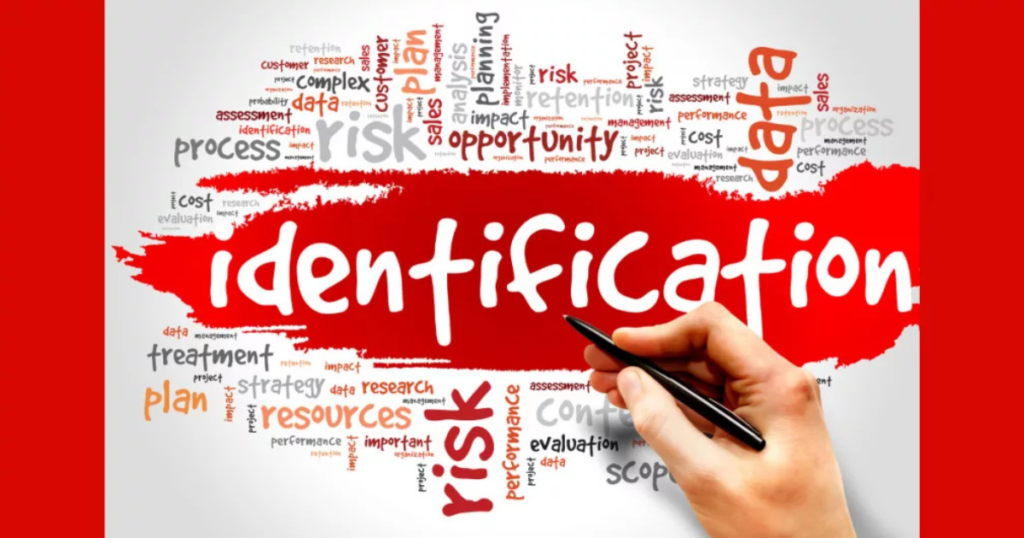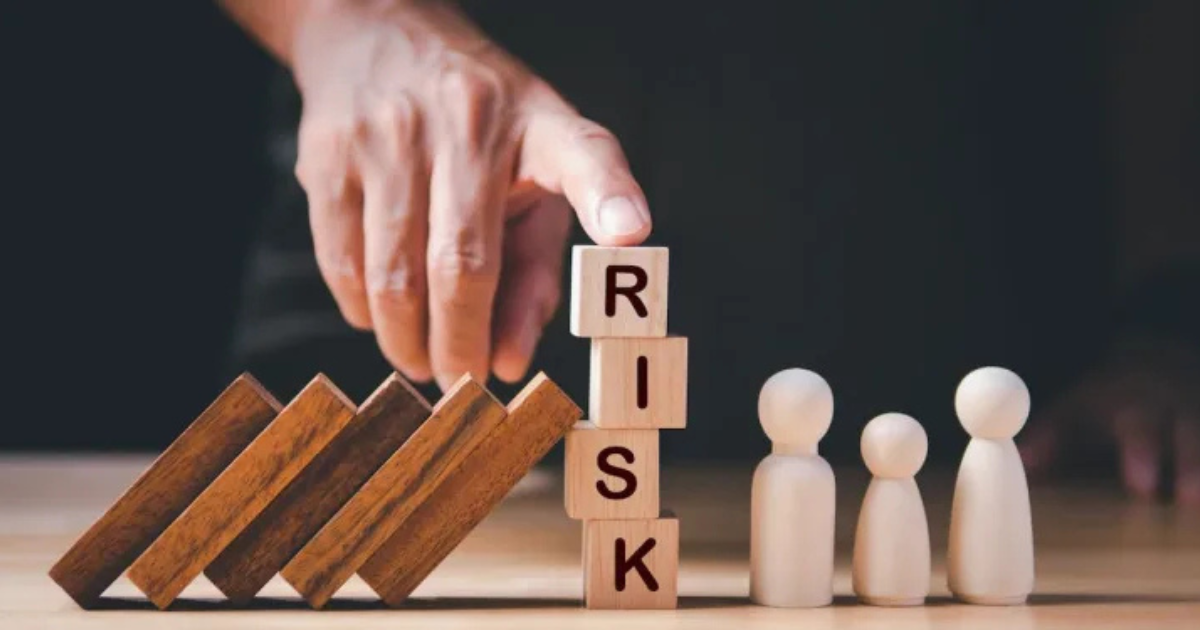Risk management is a crucial aspect of any organization or project. Understanding the fundamental concepts of risk and how to effectively manage it can be the difference between success and failure. Whether you’re managing a small business, overseeing a large corporation, or handling a personal project, risk management plays a significant role in decision-making, resource allocation, and achieving goals.
This beginner’s guide will introduce you to the basics of risk management, explore key strategies, and provide you with a clear understanding of how to handle potential risks in various contexts.
What is Risk Management?
Risk management is the process of identifying, assessing, and prioritizing risks, followed by the application of resources to minimize, monitor, and control the likelihood and impact of unfortunate events. The objective is to ensure that an organization or project can achieve its goals without encountering significant disruptions caused by unforeseen circumstances.
The Importance of Risk Management
Risk management helps organizations to:
- Identify Potential Threats: Recognize risks early to avoid or reduce their impact.
- Make Informed Decisions: Evaluate potential risks to make better decisions in the future.
- Ensure Business Continuity: Develop contingency plans to keep operations running smoothly, even in the face of uncertainty.
- Protect Resources: Safeguard assets, including finances, human capital, and intellectual property.
- Minimize Losses: Reduce the financial and reputational damage caused by unforeseen events.
The Risk Management Process
Effective risk management involves several key stages. Each stage helps to ensure that risks are addressed in a systematic way. The process generally consists of the following steps:
1. Risk Identification

Risk identification is the first step in risk management. It involves systematically looking at all aspects of an organization or project and identifying any factors that could pose a risk to its success. These could include external factors, such as market volatility or natural disasters, as well as internal factors like operational inefficiencies or technological failures.
Types of Risks to Identify:
- Strategic Risks: Risks that may affect the overall strategy and objectives of the organization.
- Operational Risks: Risks that can disrupt the daily operations of the business.
- Financial Risks: Risks that impact the financial health of the organization.
- Compliance Risks: Risks related to non-compliance with laws, regulations, or standards.
- Reputational Risks: Risks that can harm the organization’s reputation.
2. Risk Assessment
Once risks have been identified, the next step is to assess them. This involves analyzing the potential impact of each risk and determining its likelihood of occurrence. Risk assessment helps organizations prioritize risks so they can focus on addressing the most significant threats first.
Risk Assessment Matrix
A common tool used for risk assessment is a risk matrix, which classifies risks based on their likelihood of occurrence and potential impact. This matrix can help to categorize risks into different levels, such as:
- Low Risk: Risks that are unlikely to happen and would have minimal impact if they did.
- Moderate Risk: Risks that have a moderate likelihood of occurring and may cause moderate disruptions.
- High Risk: Risks that are likely to happen and could cause significant disruptions.
3. Risk Control and Mitigation
After assessing risks, the next step is to determine how to control or mitigate them. This involves developing strategies to reduce the likelihood of a risk occurring or minimizing its potential impact if it does.
Common Risk Mitigation Strategies:
- Avoidance: Altering the plan or strategy to completely eliminate the risk.
- Reduction: Implementing measures to reduce the likelihood or impact of the risk.
- Transfer: Shifting the risk to a third party, such as through insurance or outsourcing.
- Acceptance: Acknowledging the risk and preparing to deal with it if it occurs.
4. Risk Monitoring
Risk management is an ongoing process. After implementing risk control measures, it is essential to continuously monitor risks to ensure that the controls are effective and that new risks are identified and managed. Regular reviews of the risk management process help to ensure that risks are effectively controlled over time.
Tools for Risk Monitoring:
- Key Risk Indicators (KRIs): Metrics used to track the level of risk exposure.
- Risk Audits: Regular audits to assess how well the risk management process is working.
- Scenario Analysis: Running simulations to understand the impact of different risks on the organization.
Types of Risks in Different Sectors
Risk management practices can vary depending on the sector in which they are applied. Below are examples of different types of risks in various industries:
1. Corporate and Business Risk
In the corporate world, businesses face a variety of risks, including:
- Market Risk: The risk that changes in market conditions (e.g., inflation, interest rates) will negatively affect business performance.
- Credit Risk: The risk that a customer or counterparty will fail to meet their financial obligations.
- Operational Risk: Risks that arise from day-to-day business operations, such as system failures or employee errors.
2. Project Management Risk
In project management, risks can arise from multiple sources, such as:
- Scope Creep: Changes in project scope that lead to increased costs or time delays.
- Time Constraints: Risks related to not meeting deadlines and project milestones.
- Resource Shortages: Risks caused by inadequate resources, such as personnel or funding.
3. Financial Risk

Financial risk management is critical in industries dealing with large sums of money. Risks in this sector include:
- Liquidity Risk: The risk of not being able to meet financial obligations when they come due.
- Interest Rate Risk: The risk that fluctuations in interest rates will affect the organization’s financial performance.
- Currency Risk: The risk of losses due to fluctuations in exchange rates.
4. Healthcare Risk
In the healthcare industry, managing risks is vital to patient safety and operational efficiency. Examples of healthcare-related risks include:
- Medical Malpractice: Risks related to errors in medical procedures, diagnosis, or treatment.
- Regulatory Compliance: Risks related to failing to comply with health regulations and standards.
- Data Security: Risks associated with breaches of patient data confidentiality.
Risk Management Tools and Techniques
Various tools and techniques are used in the risk management process. Below are some of the most common:
1. Risk Register
A risk register is a document used to track identified risks, their assessments, and the mitigation strategies applied. It helps teams to stay organized and ensures that risks are addressed in a timely manner.
2. Failure Mode and Effect Analysis (FMEA)
FMEA is a structured approach to identifying and addressing potential failures in a system. It helps organizations prioritize risks based on their impact and likelihood.
3. SWOT Analysis
A SWOT analysis is a strategic planning tool that helps organizations identify internal strengths and weaknesses as well as external opportunities and threats. It can be used to assess risks in relation to the overall strategic goals of the organization.
4. Monte Carlo Simulation
This technique uses computer simulations to model the probability of different outcomes in a risk scenario. It helps organizations evaluate the impact of risks under various conditions and is especially useful in financial risk management.
Also Read: How to Choose the Right Insurance Policy for You and Your Family
Conclusion
Risk management is an essential process for identifying, assessing, and controlling risks that may impact an organization or project. By following a structured approach and using the right tools and techniques, businesses can minimize disruptions and achieve their goals with confidence. Whether you’re managing a corporate project, a healthcare initiative, or any other type of operation, understanding the basics of risk management is crucial for long-term success.
By staying proactive in identifying risks and continuously monitoring their impact, organizations can ensure they are well-prepared to handle uncertainty and thrive in a dynamic environment.
FAQs
Q. What is the difference between risk management and risk mitigation?
Risk management is the overall process of identifying, assessing, and controlling risks, whereas risk mitigation refers specifically to the actions taken to reduce or control the impact of identified risks.
Q. How do I identify risks in my organization?
To identify risks, you can conduct risk assessments, consult with stakeholders, analyze past events, and use tools like SWOT analysis or brainstorming sessions with your team.
Q. What are the best risk management software tools?
Some popular risk management software tools include:
- RiskWatch
- LogicManager
- Sparta Systems’ TrackWise
- Resolver
These tools can help automate the process of risk identification, tracking, and mitigation.
Q. How often should risk management be reviewed?
Risk management should be reviewed regularly, especially in dynamic environments where risks may change over time. A common practice is to conduct quarterly or annual reviews to ensure that all risks are up-to-date.
Q. What is a risk register?
A risk register is a tool used to document identified risks, their impact, likelihood, mitigation strategies, and status. It is an essential tool for tracking and managing risks throughout the life of a project or organization.







